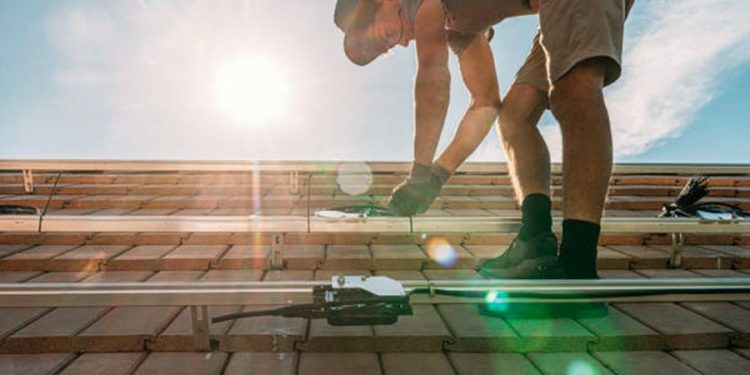Your solar inverter’s location is a crucial factor that directly influences the effectiveness of your solar power system. The inverter is like the backbone of your solar setup – it converts the direct current (DC) from your solar panels into alternating current (AC), the type of electricity your home can use.
However, this process can also make the inverter susceptible to overheating, especially under Australia’s intense climate conditions, which include high temperatures and direct sunlight. Overheating can reduce the efficiency not only of your inverter but of your entire solar power system as well.
In this article, we’ll discuss the best practices for solar inverter placement in residential settings to ensure that the unit performs at its best and reaches its maximum expected lifespan.


















